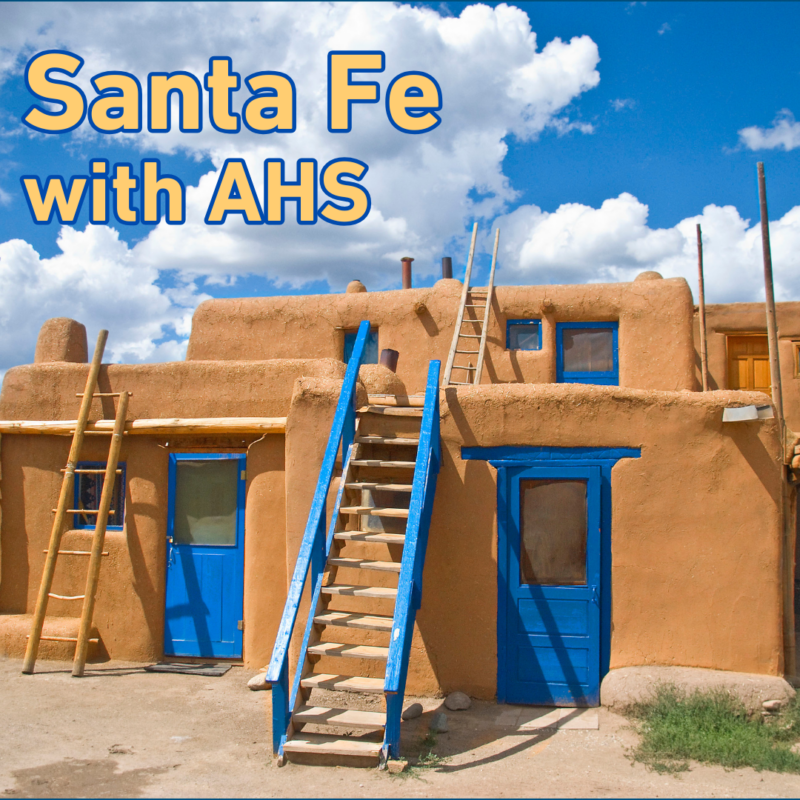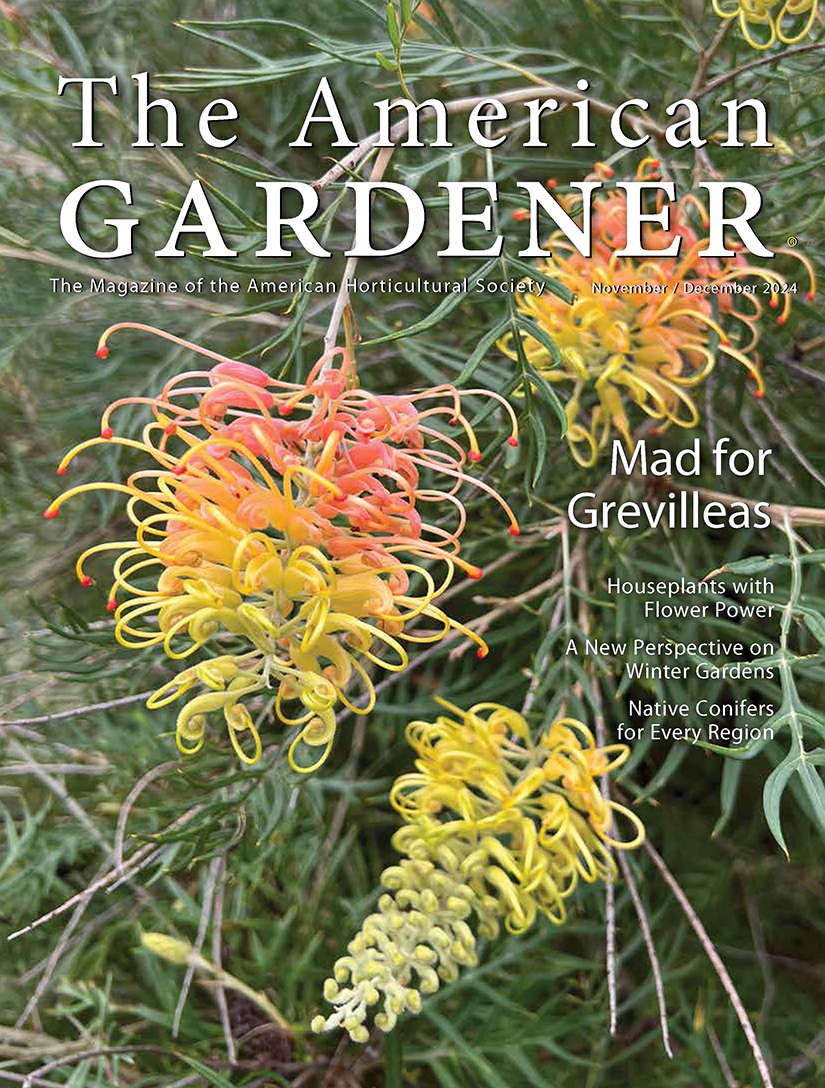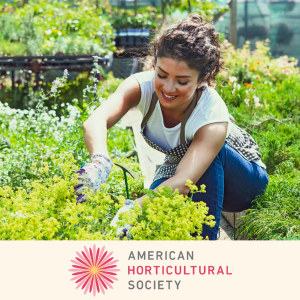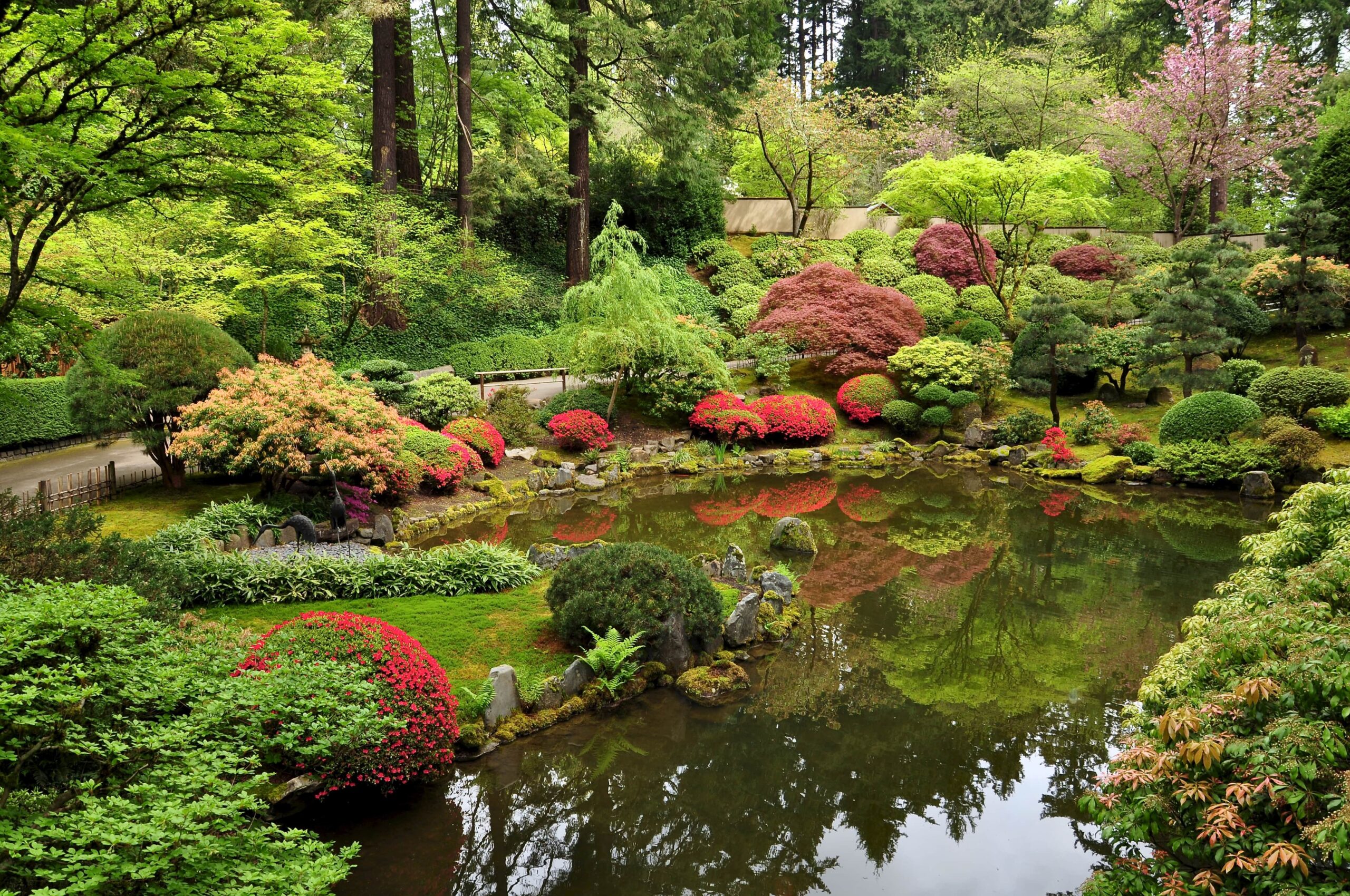AHS Santa Fe Trip Open for Registration!
 gardens, vibrant culture, and rich artistic traditions. Explore the art of high desert-adapted gardening and enjoy immersive cultural experiences, including iconic Museum Hill and a behind-the-scenes tour of the Santa Fe Opera. With curated visits to historic sites including the Taos Pueblo, Los Alamos, and Georgia O’Keeffe’s Home, Garden & Studio at Abiquiú, this program offers a delightful blend of nature, history, and art. Click here for the program brochure and registration details.
gardens, vibrant culture, and rich artistic traditions. Explore the art of high desert-adapted gardening and enjoy immersive cultural experiences, including iconic Museum Hill and a behind-the-scenes tour of the Santa Fe Opera. With curated visits to historic sites including the Taos Pueblo, Los Alamos, and Georgia O’Keeffe’s Home, Garden & Studio at Abiquiú, this program offers a delightful blend of nature, history, and art. Click here for the program brochure and registration details.AHS News & Blog
-
Educators: Save the Date for NCYGS 2025
The American Horticultural Society is excited to share that the 33rd annual National Children & Youth Garden Symposium will be […]
-
A Traveler's Journey to Oregon with AHS
From August 19 to 23, a group of AHS travelers journeyed to Portland and the Willamette Valley with AHS Hosts […]
-
AHS 2024 Annual Report
We are pleased to share the 2024 AHS Annual Report.
-
American Horticultural Society's The American Gardener Magazine Garners Three Prestigious GardenComm Awards
David J. Ellis, Editor of The American Gardener, received the Hall of Fame Honor and contributing writers Marianne Willburn and […]
Upcoming AHS Events
-
Apr 15 to Apr 24
Floral Splendor and Artistry: Dutch Waterways by Private Barge
-
May 21 to May 29
Garden Wonders of Southern Italy: Naples, Sorrento, and the Amalfi Coast
-
May 29 to Jun 08
Highlands, Islands, and Fjords: Scotland, Orkney Islands, and Norway
-
Aug 18 to Aug 24
Santa Fe’s Cultural & Garden Wonders



